Exhibition tour
Thematic and chronological introduction
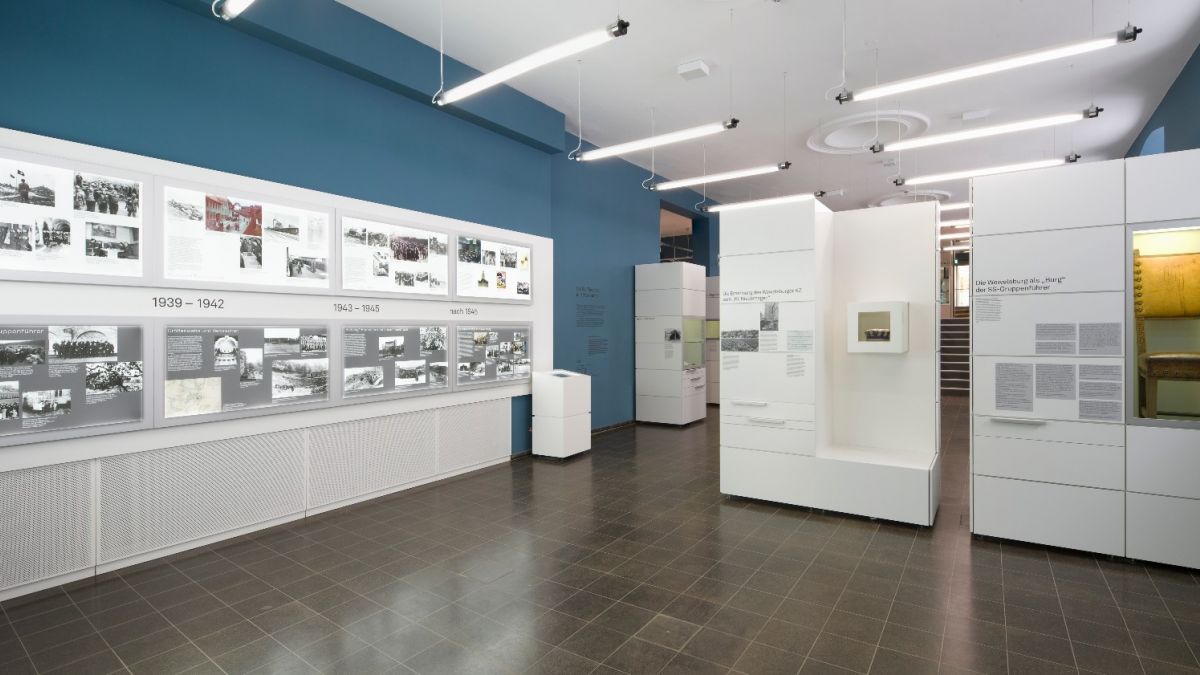
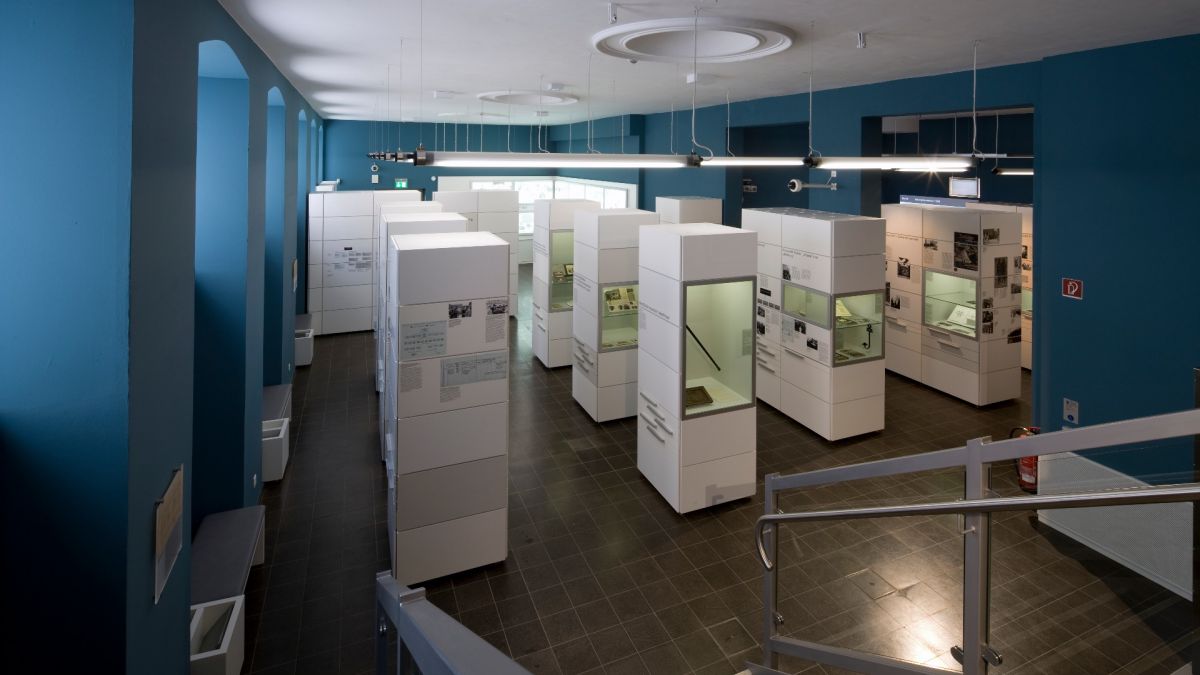
The permanent exhibition opens with two thematic segments in the former gymnasium and fencing hall: various symptomatic and national aspects of SS history are concentrated in the key year of 1941 and are also reflected in Wewelsburg.
A chronological overview of the general development of the SS and the events in the village of Wewelsburg from 1923 to the present day documents how extensively the development of SS power impacted on local events at Wewelsburg.
Social structure and organisation of the SS
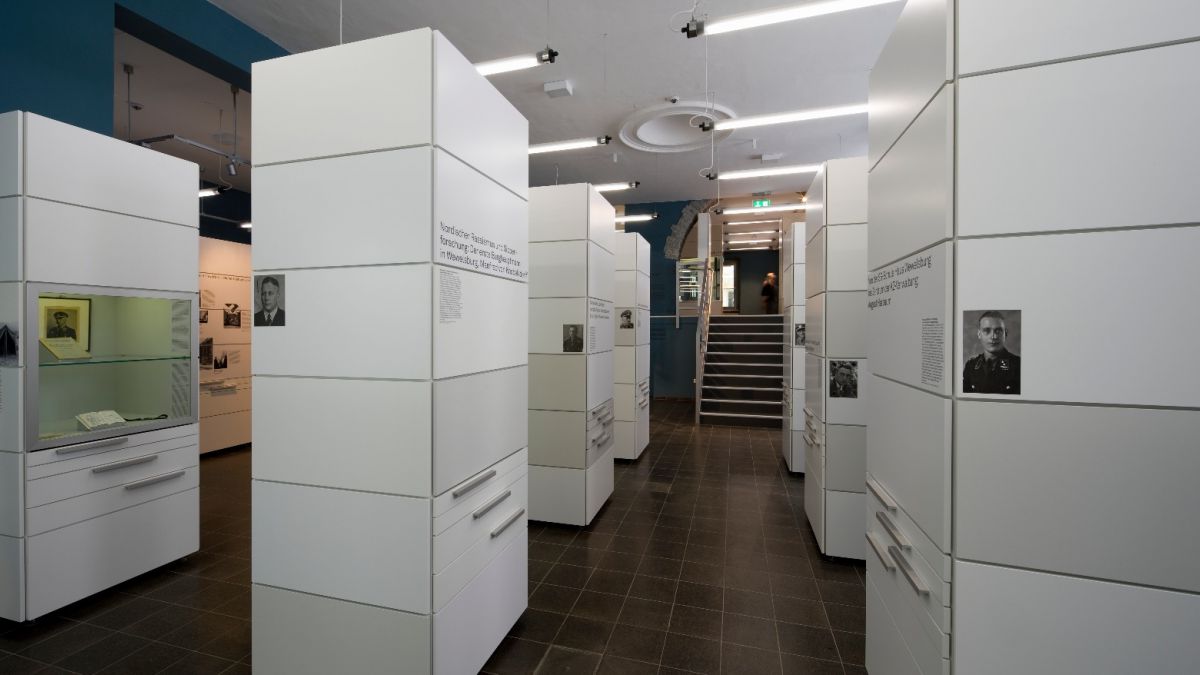
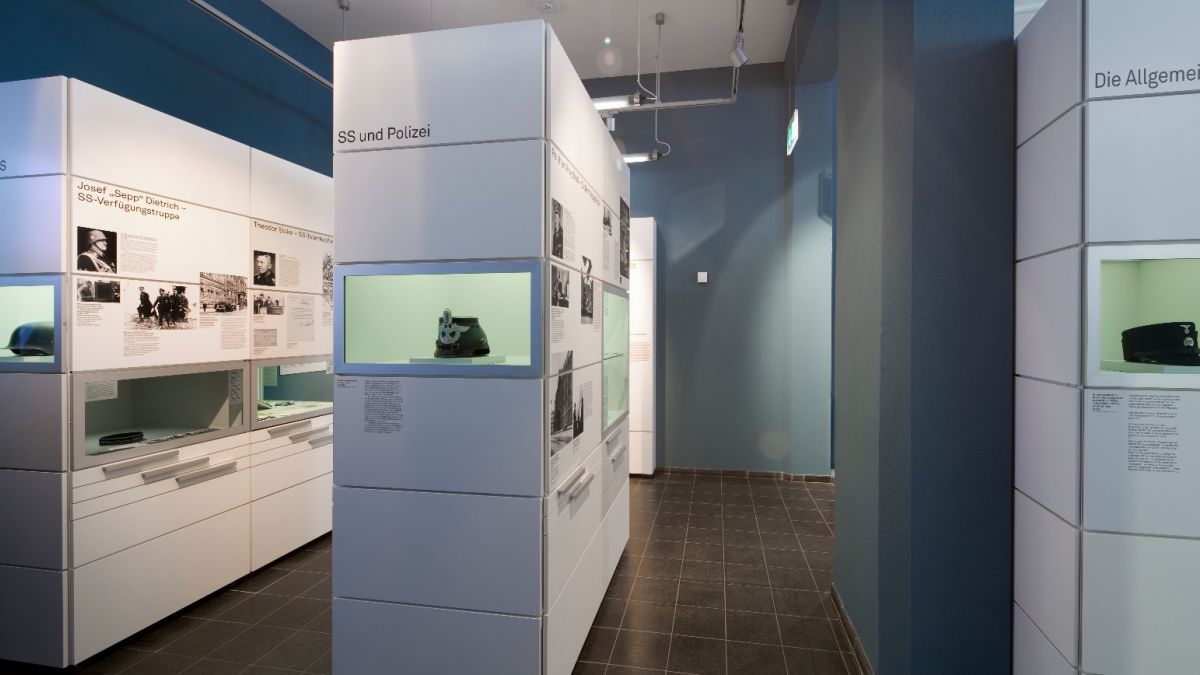
Biographies of well-known SS leaders and the SS castle garrison at Wewelsburg inform about the organisational structure of the Schutzstaffel, its interaction with the police and the formation of independent armed formations.
This exhibition unit names the key players with their position and explains how they shaped and determined the SS. The rise of the SS to become one of the most powerful organisations in the “Third Reich” is related.
World view – mentality – crime
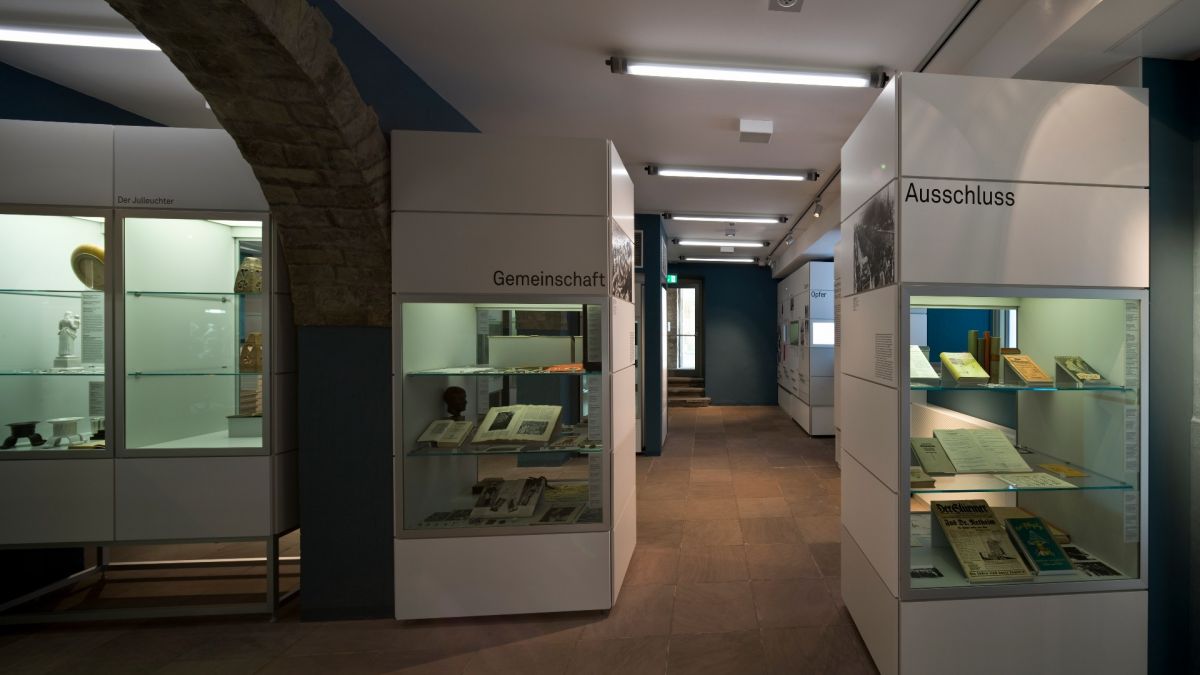
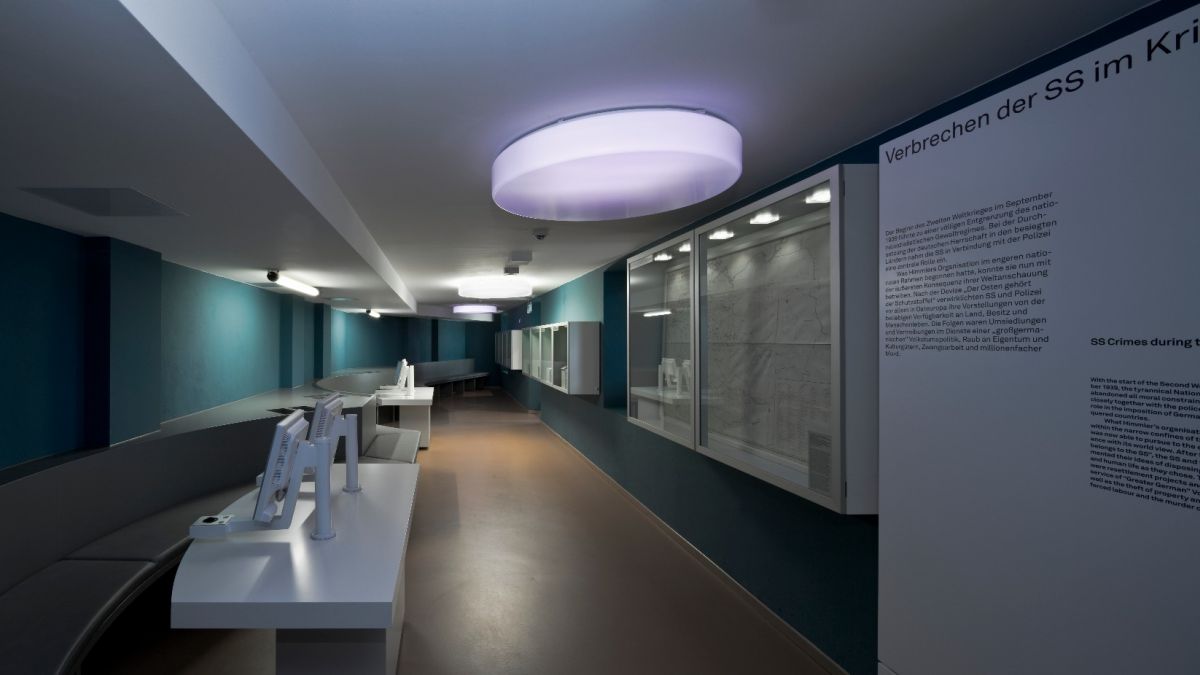
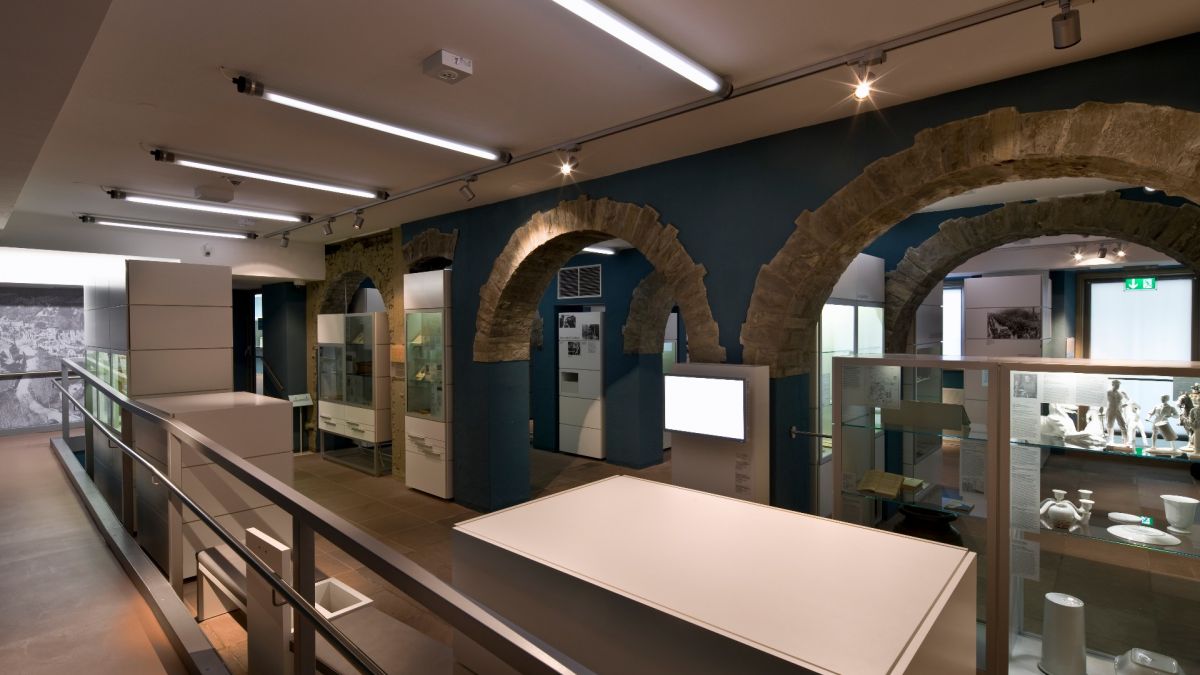
The SS was not a uniform organisation. Nevertheless, their members shared interests and ideological views, giving the impression of unity. The idealised life programme of the SS extended over everyday areas to include religion and the comprehension of history and art.
The inner world which was to serve the SS for edification and purposes of self-esteem, was also always marked by violence and exclusion against outsiders. The self-conception as a racial and political elite was always connected with the aspect of persecuting presumed “others”.
The North Tower
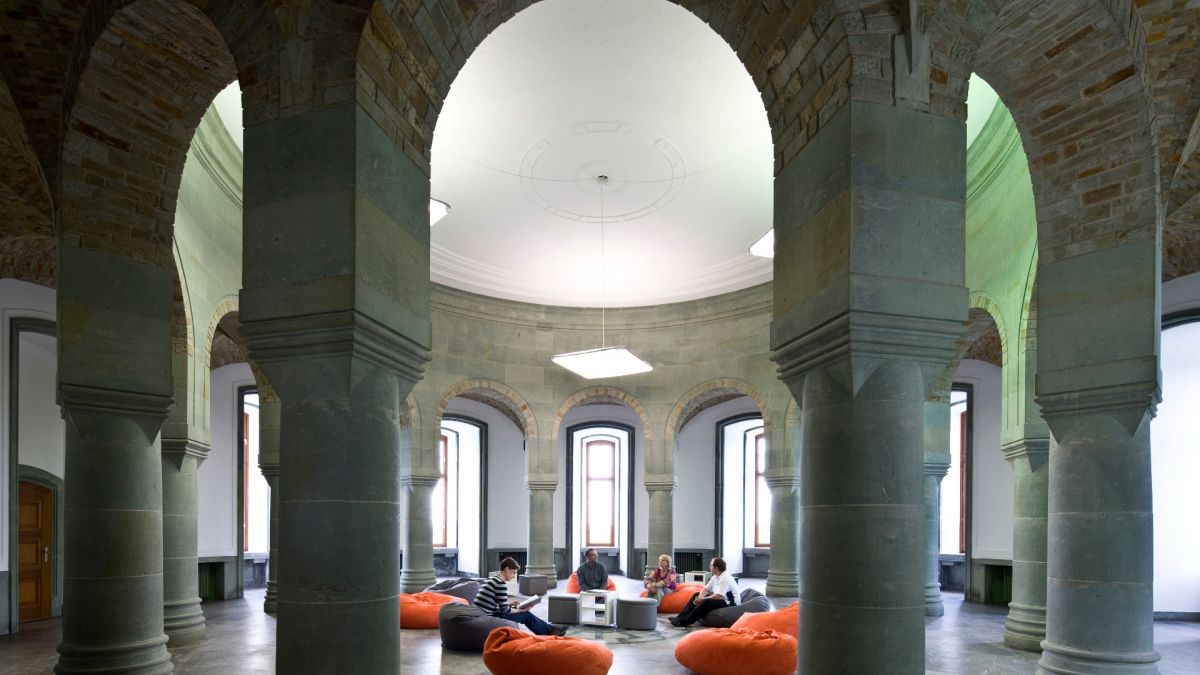
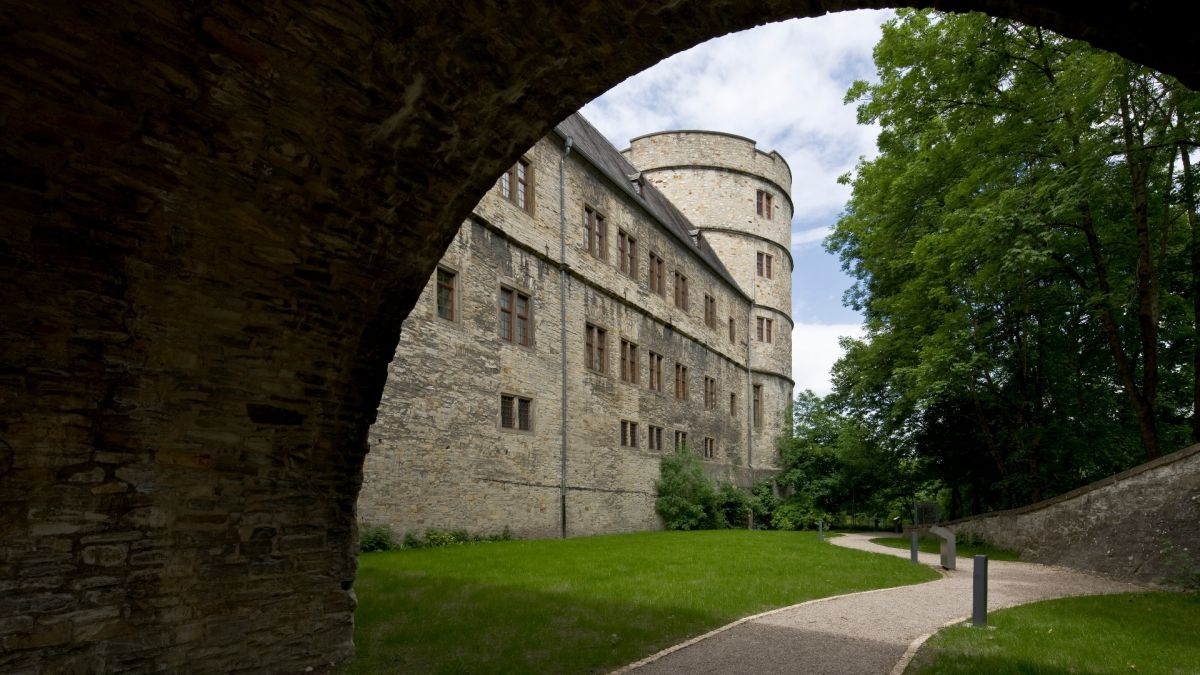
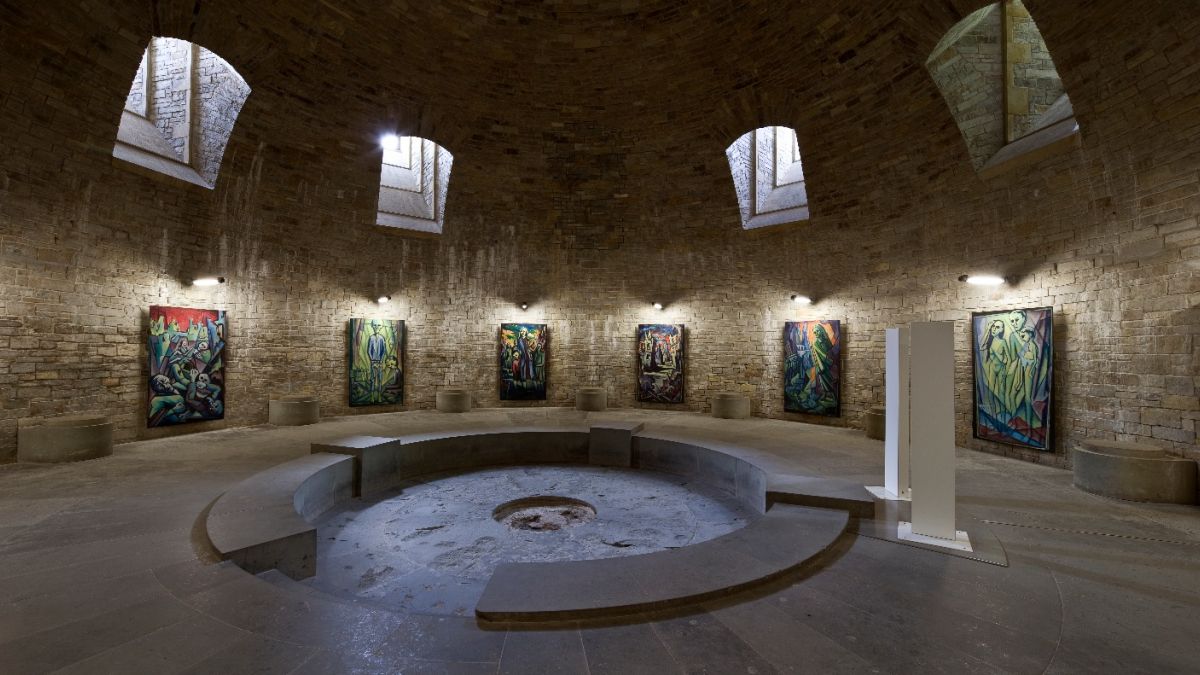
Construction of the two rooms in the North Tower, the “Crypt” and the “Obergruppenführers saal” [Hall of the Supreme SS Leaders], remained unfinished until 1945. There are no serious findings about their intended purpose of use.
Two central points of the SS presence in Wewelsburg become tangible in the architectural remains: their architectural megalomania and the terror exercised against concentration camp prisoners who had to work here. After 1945, the rooms were also the subject of palliative, exotic or even fantastic interpretations of National Socialism.
The concentration camp at Wewelsburg
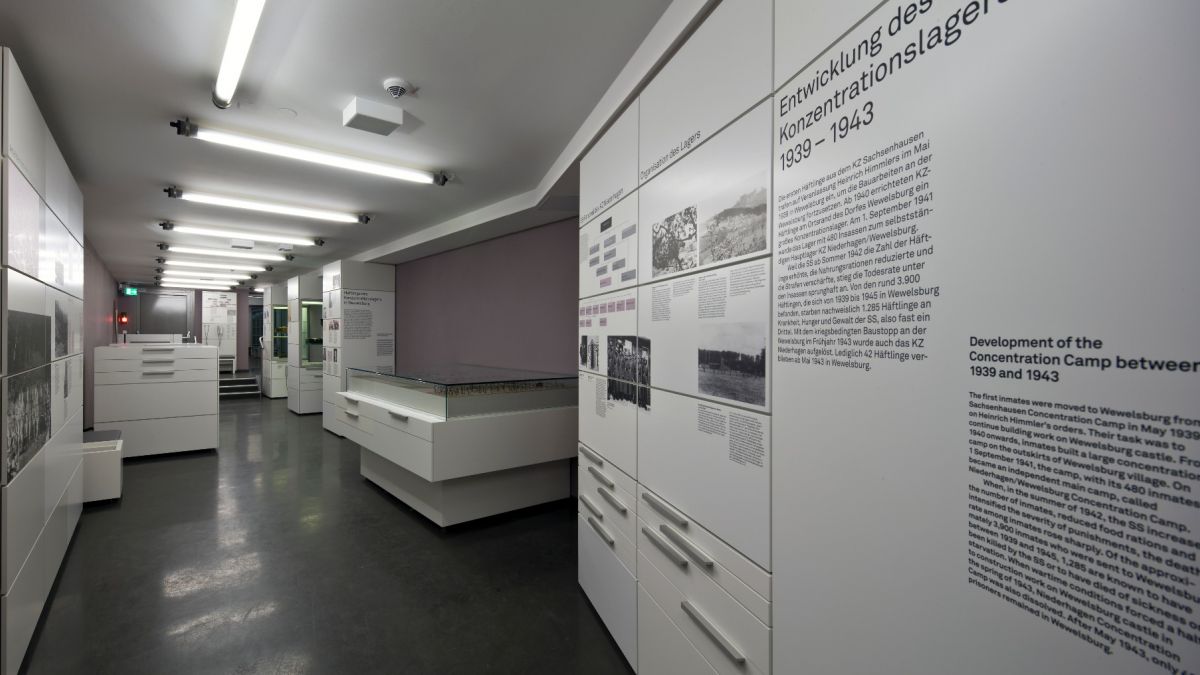
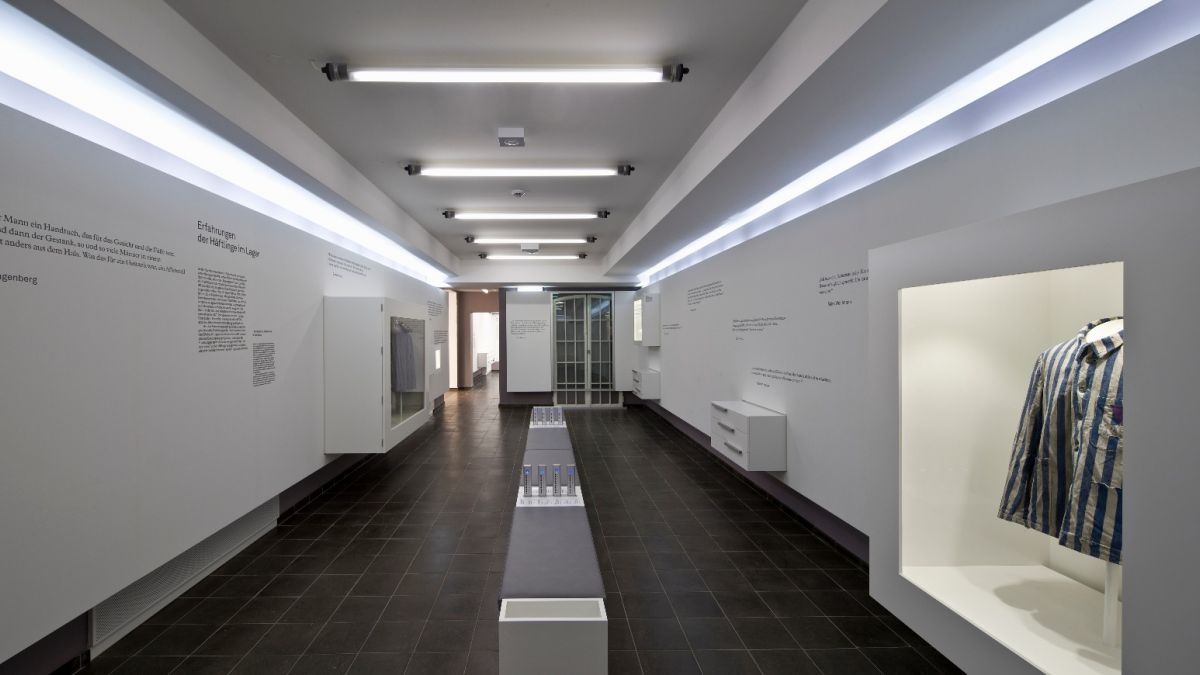
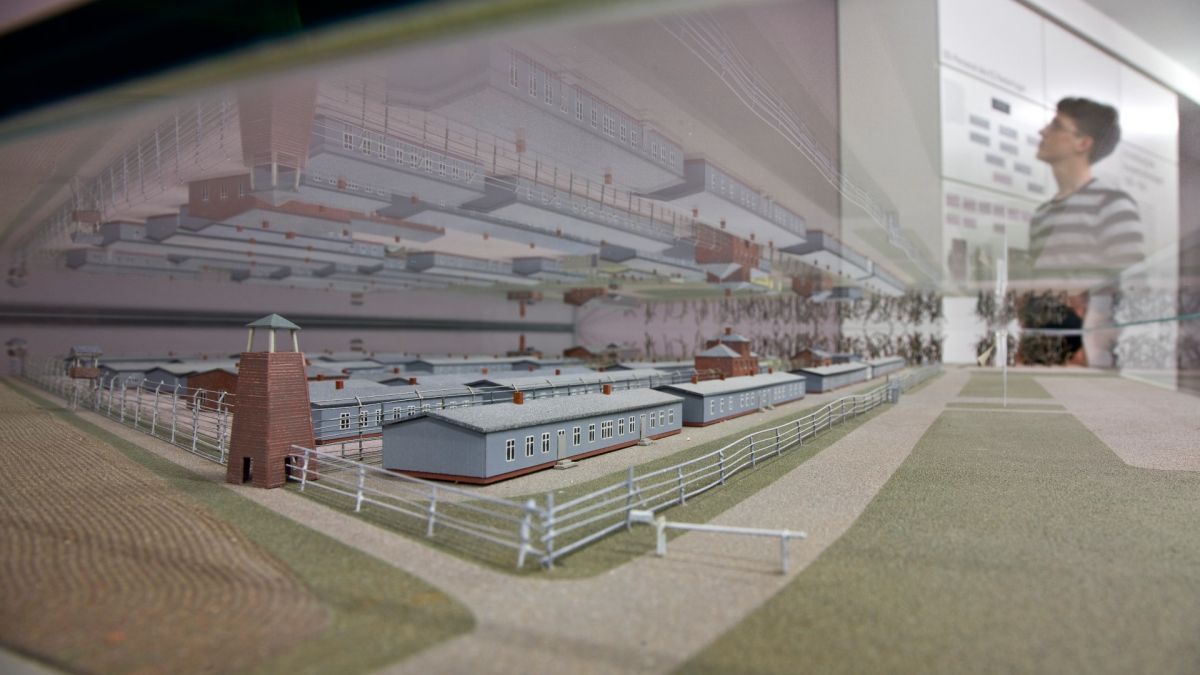
With the example of development of the concentration camp at Wewelsburg and the history of the prisoners there, the exhibition provides an insight into the inhuman functioning of a Nazi concentration camp. The development and organisation of the concentration camp are depicted primarily from the perspective of the perpetrators of the SS camp administration.
Prisoners’ individual experiences are contrasted with this: arrival at the camp, accommodation in the barracks, work, illness, death. A presentation of the final phase of the National Socialist concentration camps on the other hand references the national history of the SS.
The debate about remembrance
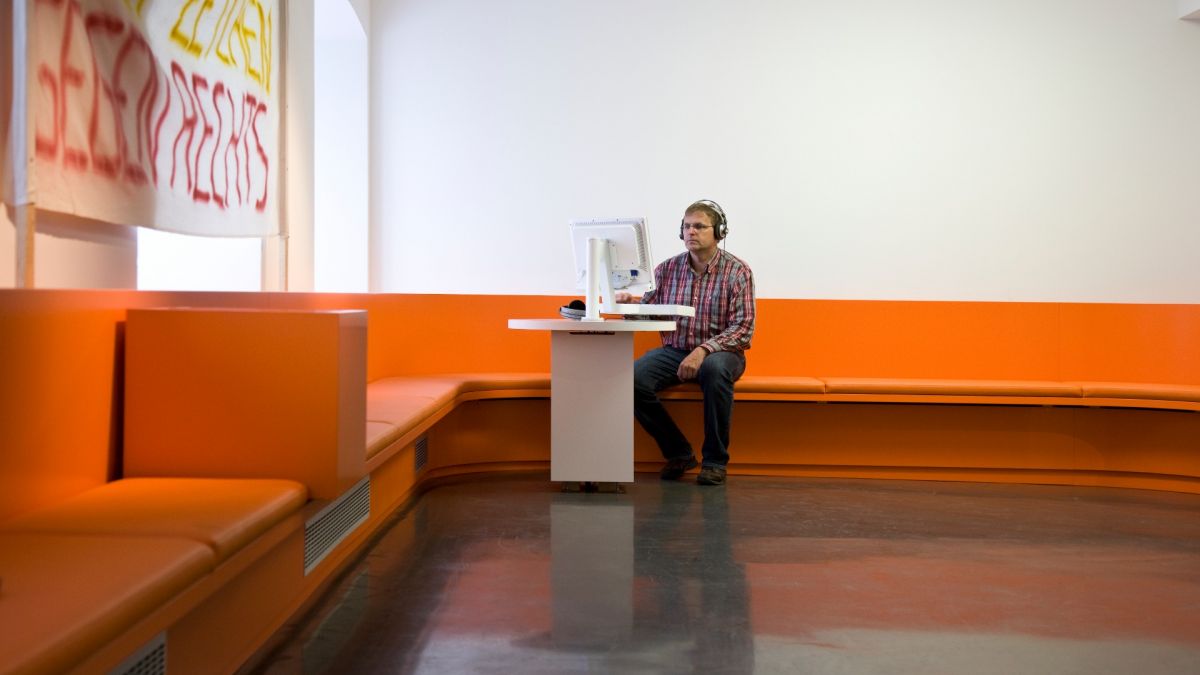
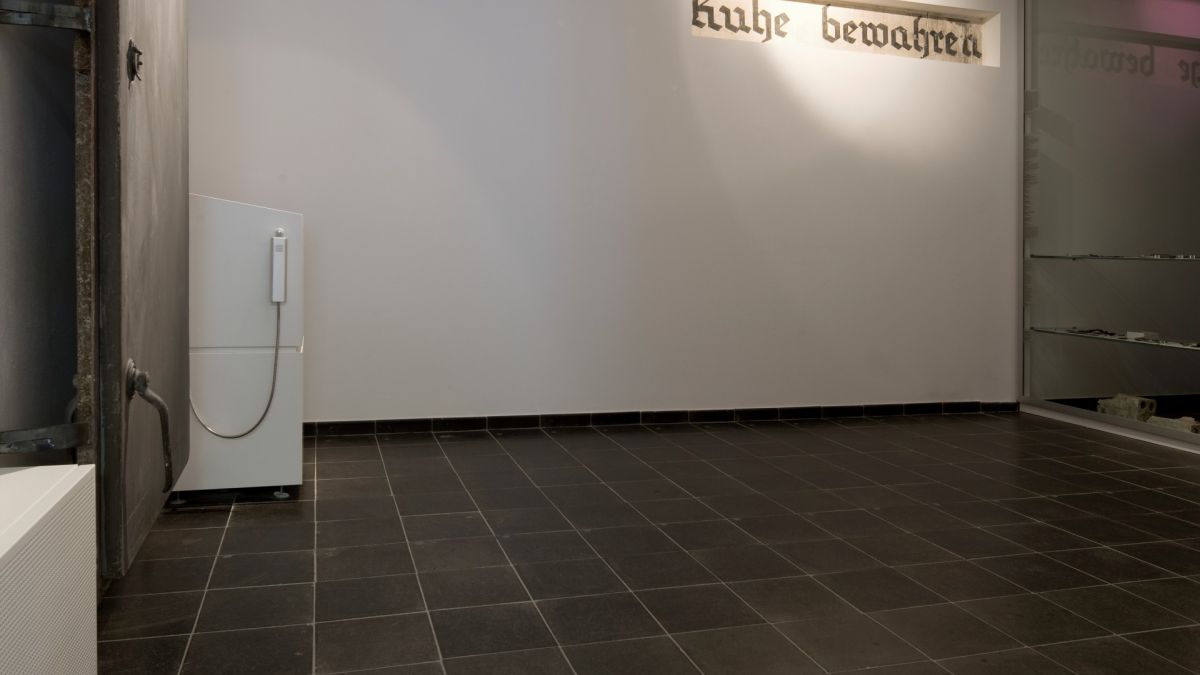
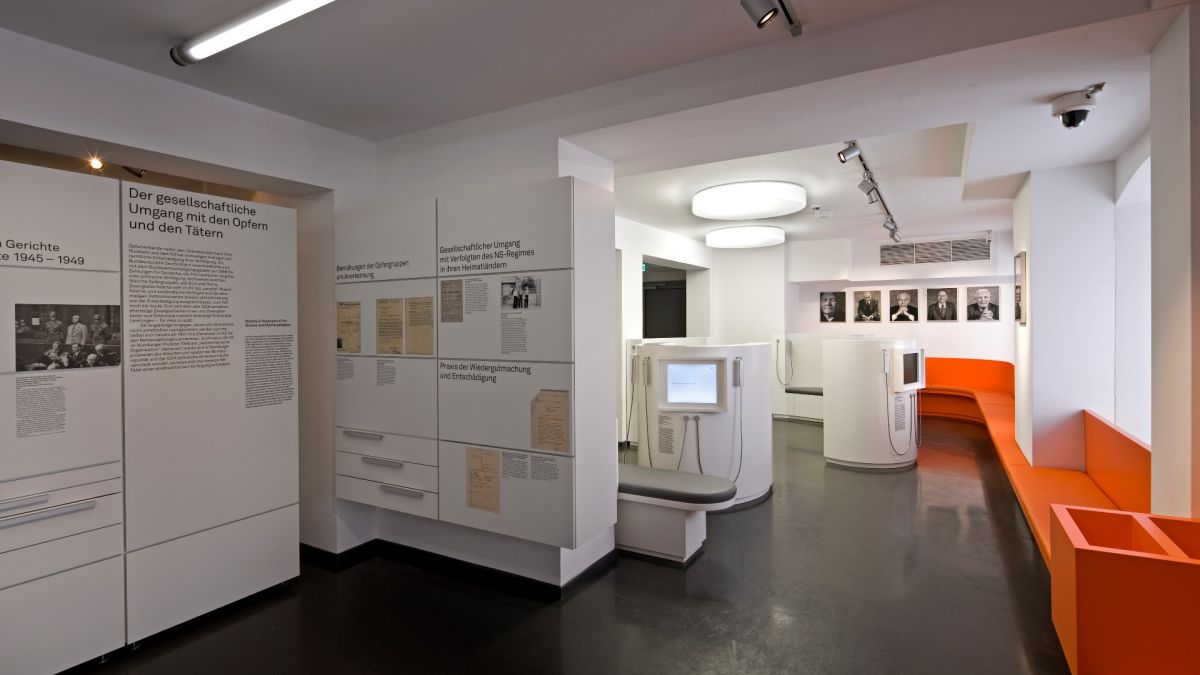
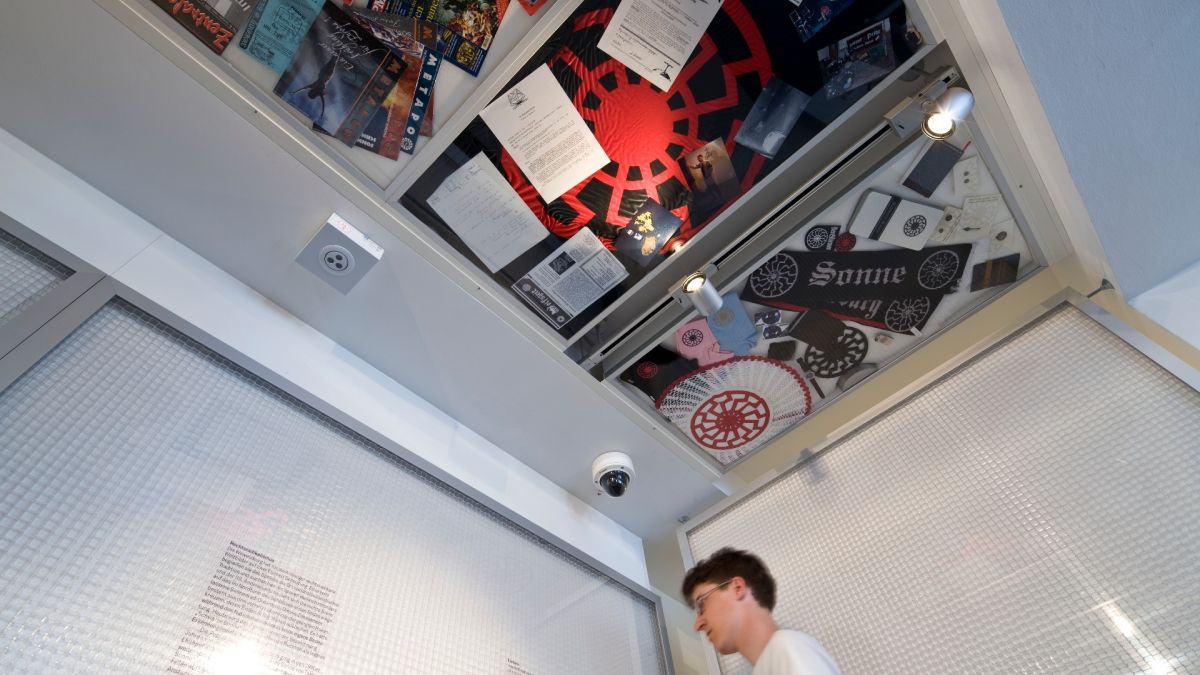
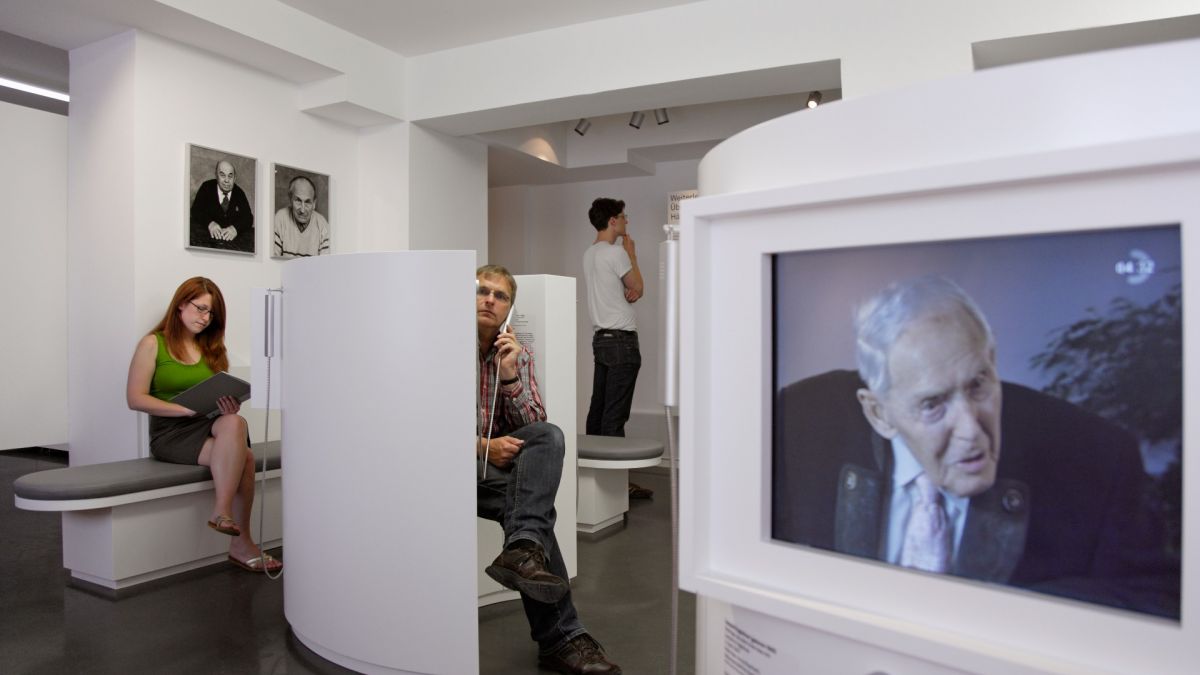
The exhibition does not end with 1945 but sheds light on the post-war society (both at Wewelsburg and throughout the Federal Republic of Germany) in its connection with the past. Among other factors, a focus is placed on the self-perception of SS men after 1945 and how concentration camp prisoners dealt with their experiences.
Based on the legal and commemorative analysis of what took place in the Federal Republic of Germany, it is intended to clarify which social structures, ambitions and world views transformed people into perpetrators and victims, and which conclusions this permits for the life of each and every individual in contemporary society.
Address
Kreismuseum Wewelsburg
Burgwall 19
33142 Büren-Wewelsburg
Germany
Contact
Phone 02955 7622-0
Fax 02955 7622-22
nfwwlsbrgd
Contact form
Informative
Wewelsburg





